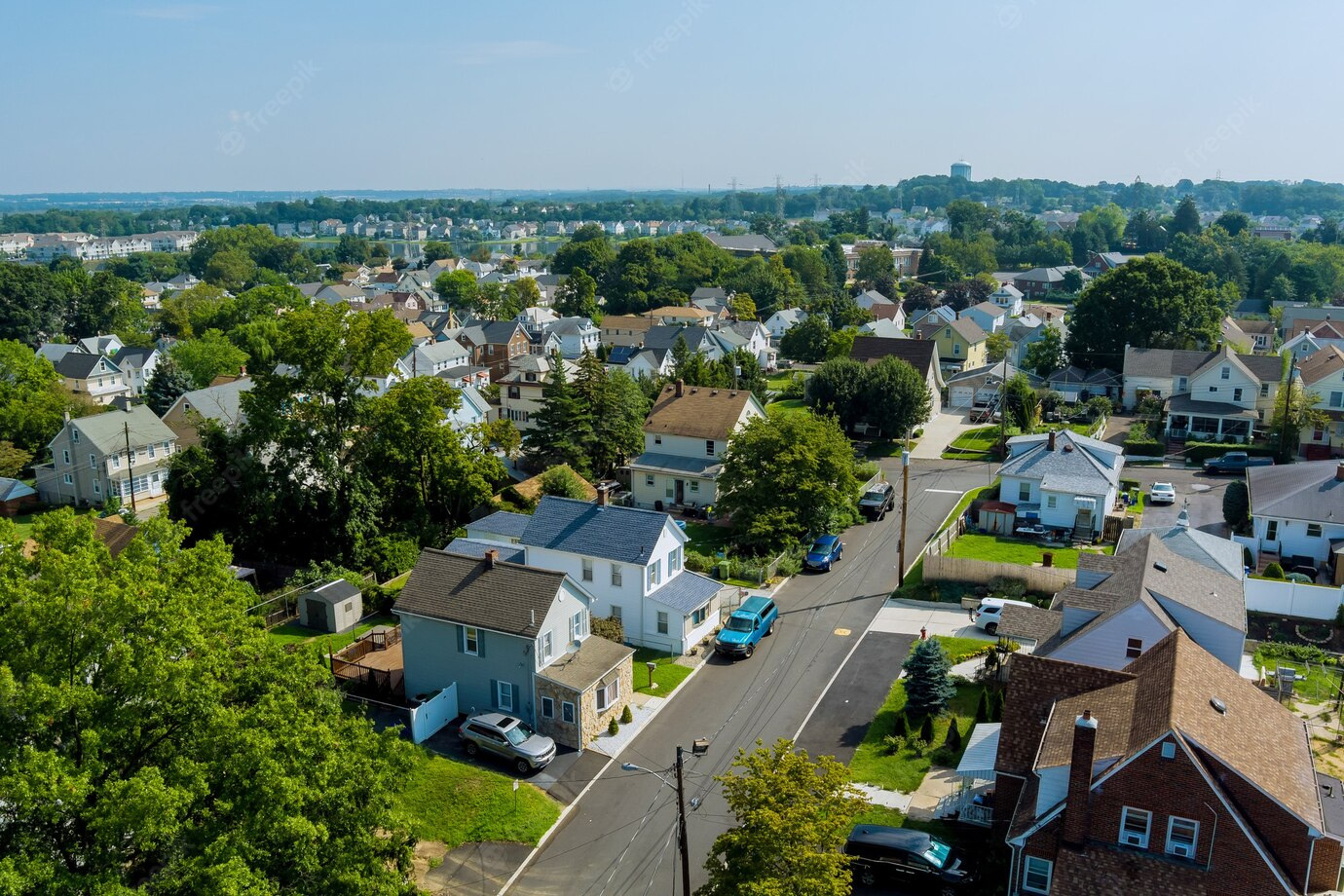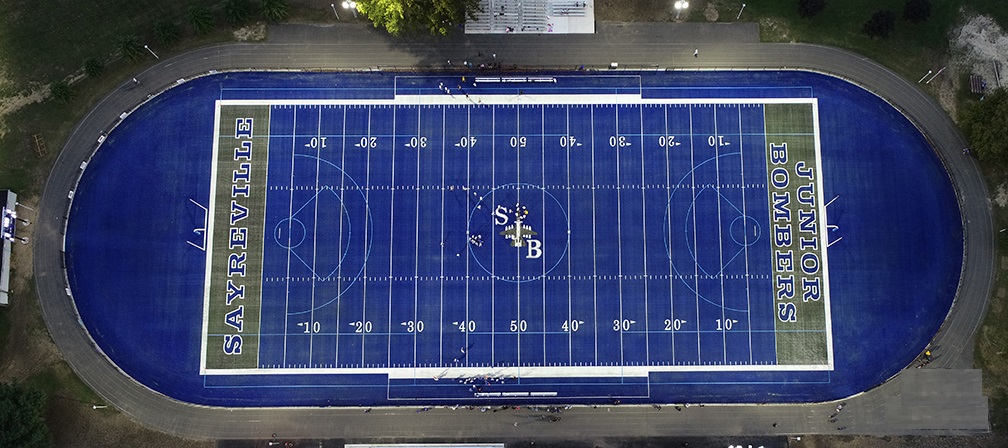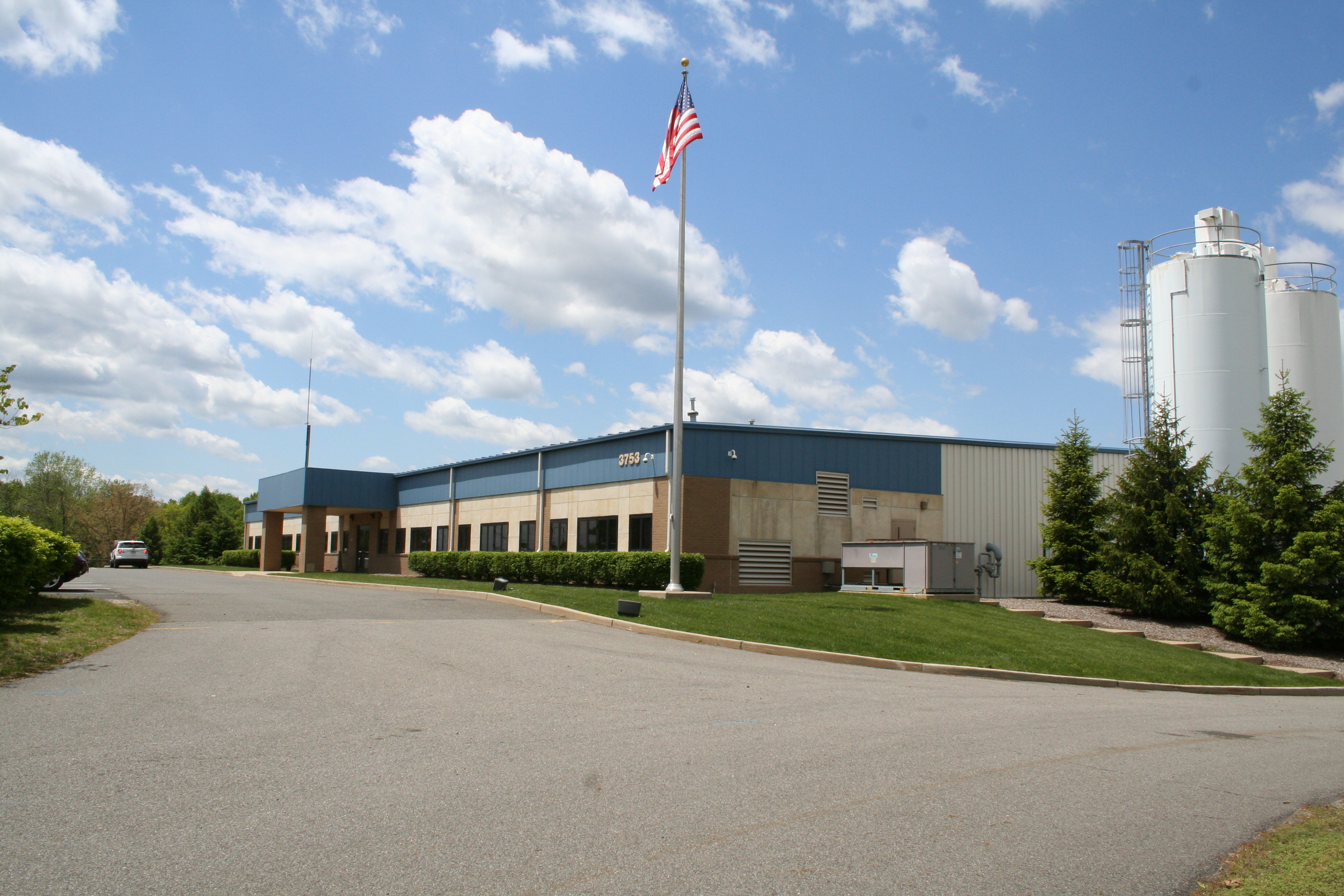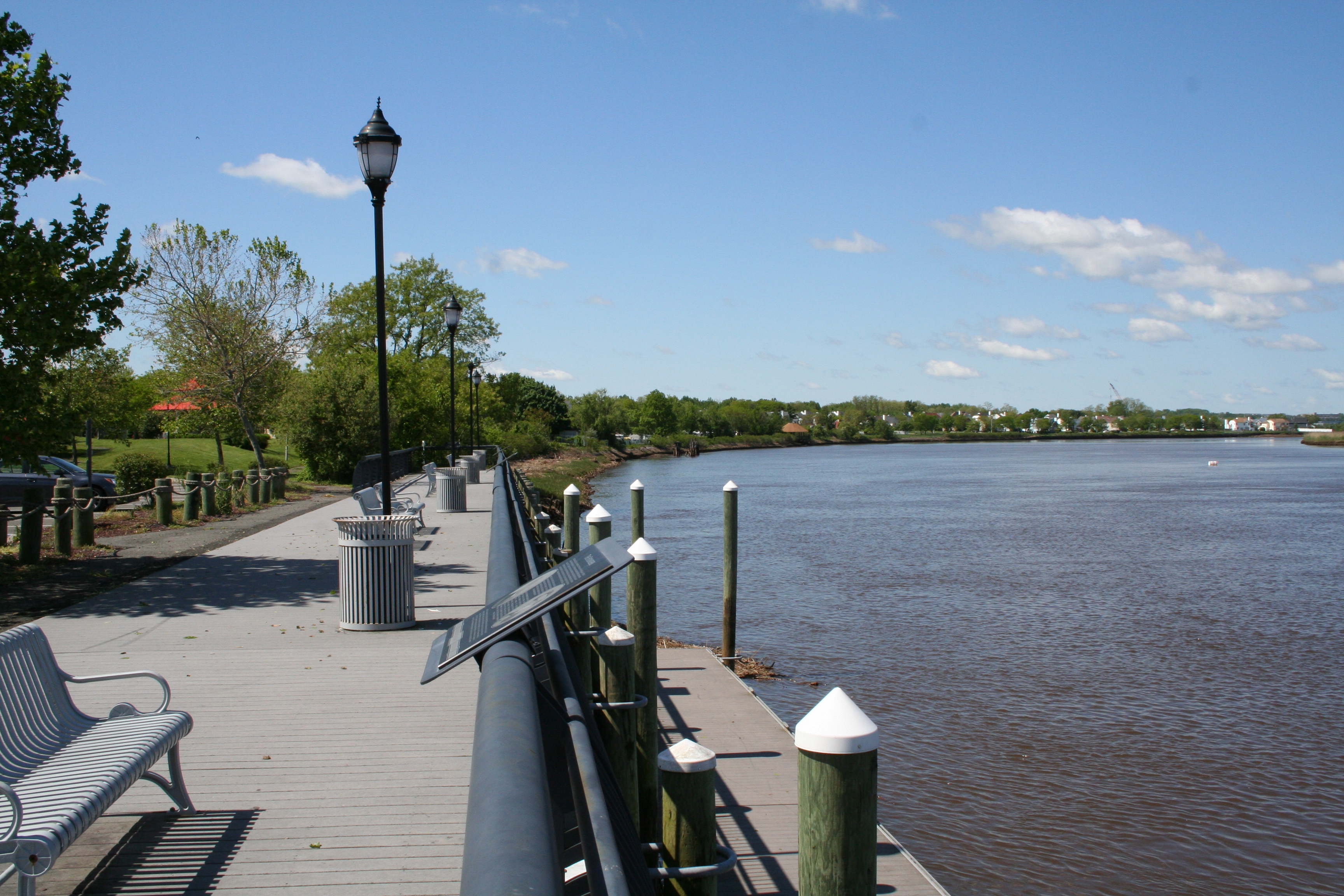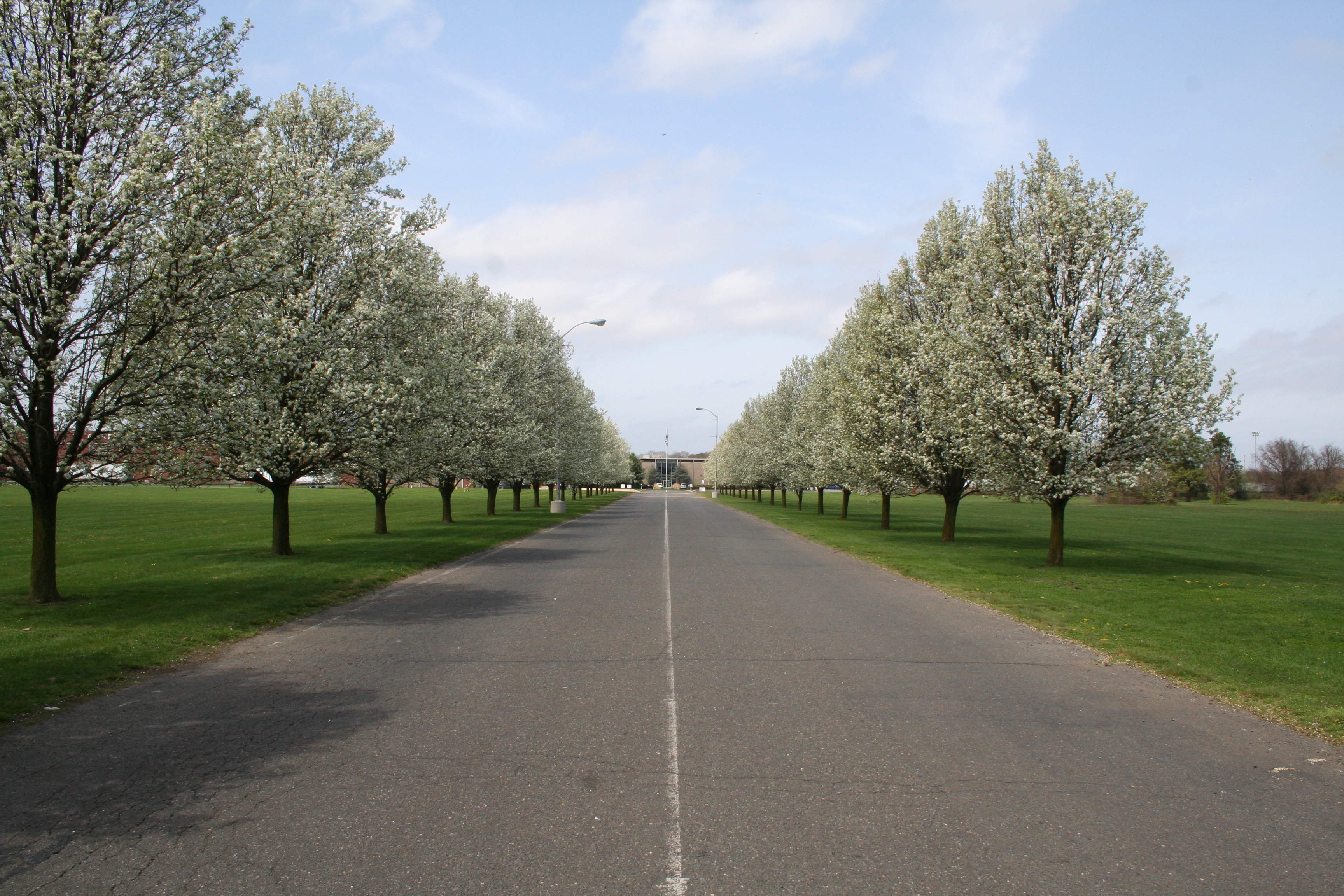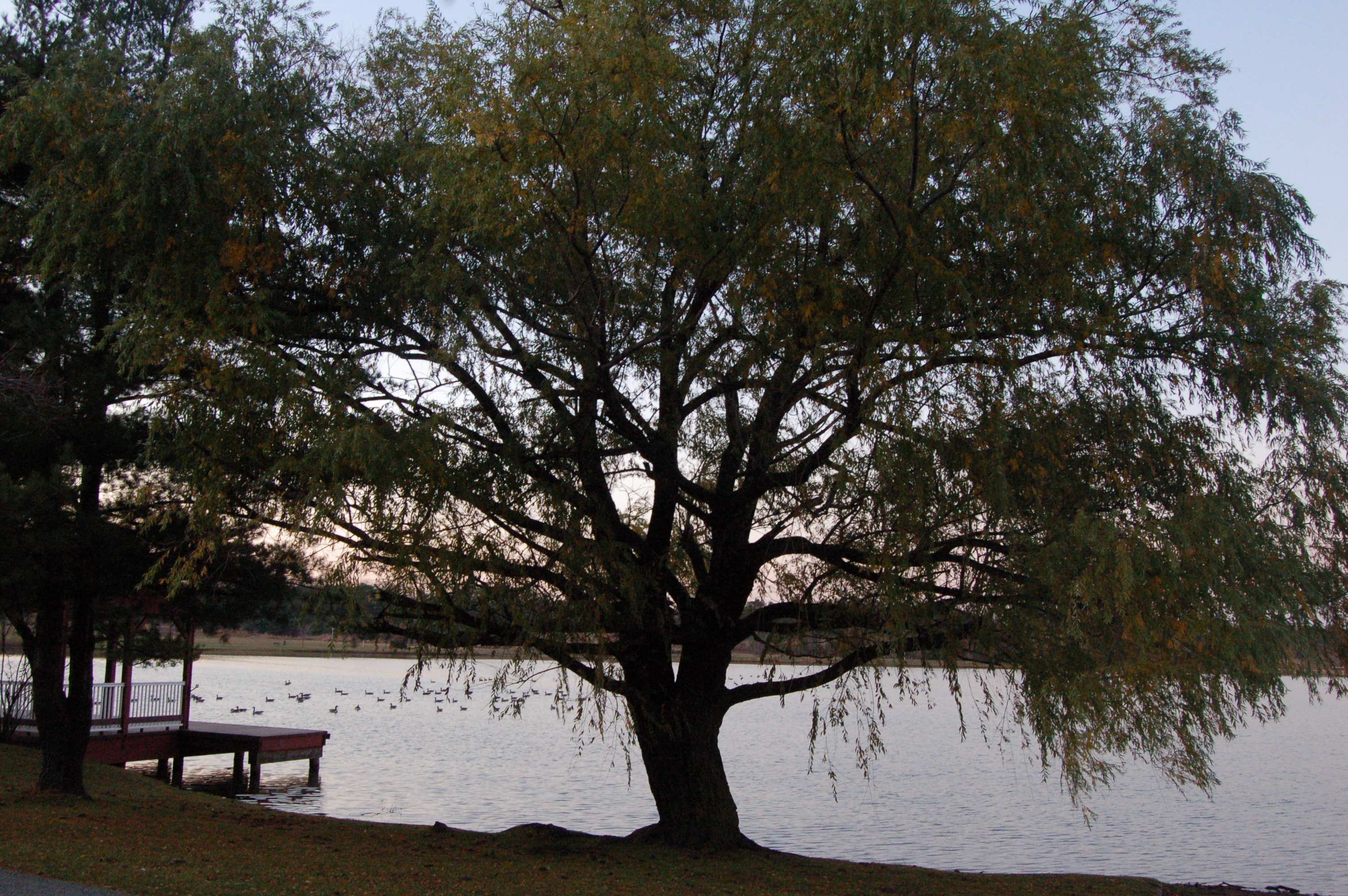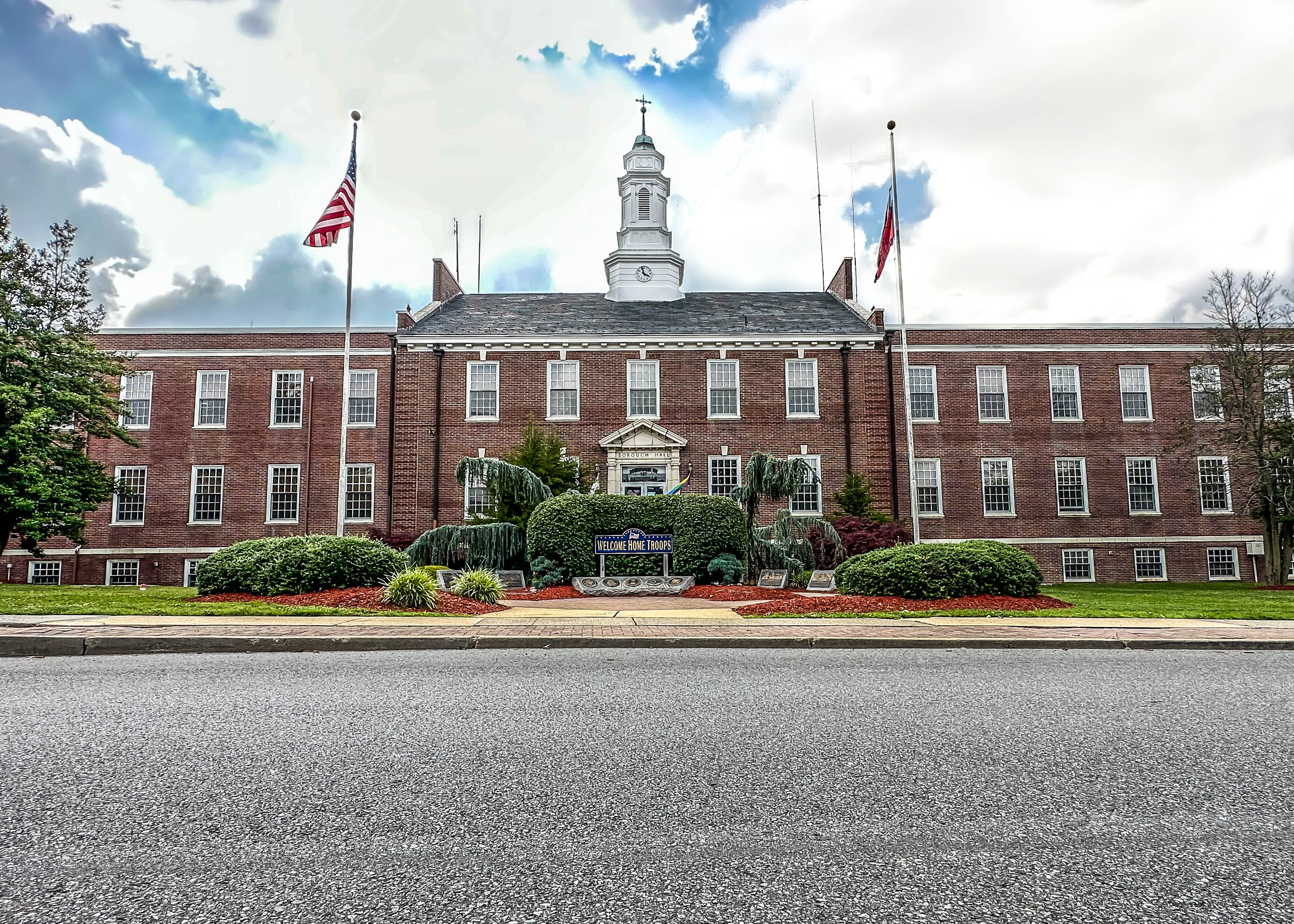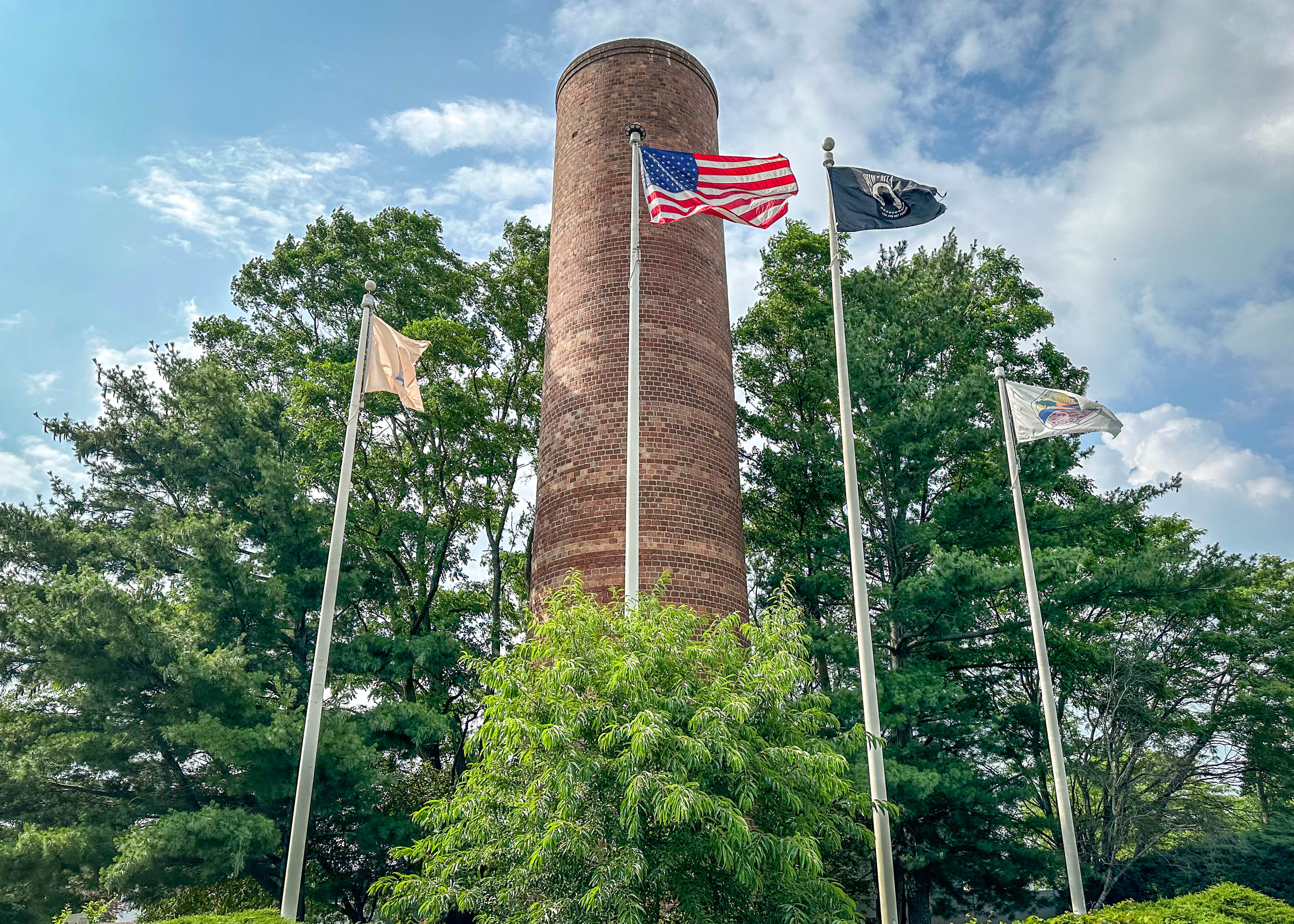Residential Resale Inspection Requirements for Smoke Alarm, Carbon Monoxide Alarm, and Fire Extinguisher Compliance
Prior to closing each residential property is subject to a resale inspection to ensure compliance with the requirements pursuant to N.J.A.C. 5:70-2.3 and N.J.A.C. 5:70-4.19. The following items are checked as part of the inspection: Realtors and Agents shall give a copy of these checklists to the homeowner to ensure compliance at time of inspection.
Smoke Alarms
All smoke alarms shall be less than 10 years old (the manufacturing date can be found in most cases on the backside of the alarm).
Smoke alarms are required on every level of a residence (basement, first floor, second floor, finished attic, etc.) and in every separate sleeping area.
- In homes with only one sleeping area on one floor, an alarm is to be placed in the hallway within 10 feet of the bedroom.
- In single floor homes with separate sleeping areas, alarms are required outside each sleeping area within 10 feet of that sleeping area.
- In multi-level homes, alarms are to be located outside sleeping areas and at every finished level of the home.
- Basement level alarms are to be located in close proximity of the basement stairwell.
- Crawl spaces and unfinished attics that do not contain appliances (HVAC, furnace, water heater, etc.) do not require alarms.
Effective as of January 1, 2019, only ten year sealed battery powered smoke alarms shall be accepted in accordance with N.J.A.C. 5:70-4.19(c) regardless of the age of existing alarms for homes with standalone battery powered alarms.
For homes that were constructed or retrofitted with hardwired/interconnected smoke alarms, those systems shall be maintained as approved at the time of installation.
- Alarms that are over 10 years old shall be replaced.
- If repairs to a hardwired/interconnected smoke alarm system is required to ensure all alarms sound simultaneously, a licensed electrician may be required.
- Wireless battery-powered interconnected smoke alarms shall not be accepted as a substitute to existing hardwired systems.
- Detection devices part of a home security system does not meet the requirements of the New Jersey Uniform Fire Code and must be augmented with standalone alarms.
Please refer to the last page of this document for suggested alarm placement locations.
Carbon Monoxide Alarms
Carbon monoxide (CO) alarms shall be located within 10 feet of all sleeping areas. Carbon monoxide alarms shall be less than 7 years old or as required by the manufacturer (example: sealed battery units and smoke/CO combination alarms shall be replaced after 10 years).
Where bedrooms are separated, and the audibility of the alarm to the occupants within the bedroom area could be seriously impaired, more than one unit could be needed.
UL or other NRTL listed and labeled carbon monoxide (CO) alarms may be battery-operated, hard-wired, or plug-in type. Combination smoke/carbon monoxide alarms are permitted and must be installed in accordance with the smoke alarm placement in sleeping areas.
Portable Fire Extinguisher Requirement
Effective as of February 3, 2025 portable fire extinguishers shall no longer be required for a resale inspection due to an amendment of the Uniform Fire Safety Act (P.L.2025 c.19). Any fire extinguisher(s) must be disposed of properly at a Household Hazardous Waste Drop-off Day hosted by Middlesex County. Dates and locations can be found on the Middlesex County website (middlesexcountynj.gov).
Sincerely,
Kevin E. Krushinski
Kevin E. Krushinski
Fire Marshal







